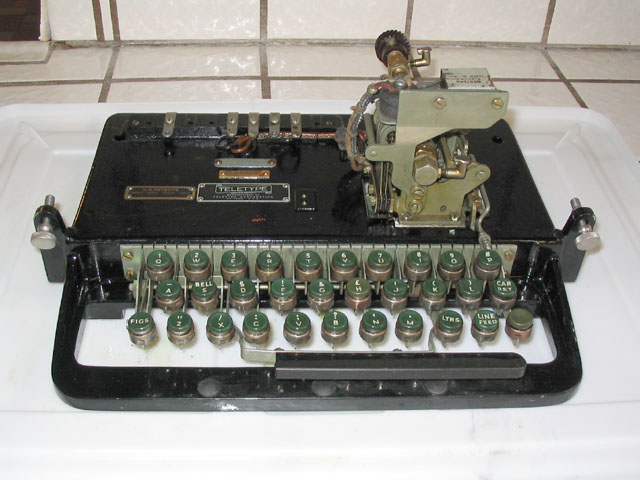


By the late ‘70s and early ‘80s, all computers used electronic keyboards and VDTs. With VDT technology and electric keyboards, the keyboard’s keys could now send electronic impulses directly to the computer and save time. But the problem was that there were many electro-mechanical steps in transmitting data between the keyboard and the computer that slowed things down. Electronic Impulses and Hand-Held DevicesĮarly computer keyboards were based either on teletype machines or keypunches.It also made computers easier to program and use. This allowed computer users to see what text characters they were typing on their display screens for the first time, which made text easier to create, edit, and delete. The system encouraged the development of a new user interface called the video display terminal, which incorporated the technology of the cathode ray tube used in televisions into the design of the electric typewriter. The emerging electric typewriter further improved the technological marriage between the typewriter and the computer.īy 1964, MIT, Bell Laboratories, and General Electric had collaborated to create a computer system called Multics, a time-sharing and multi-user system. In 1948, another computer called the Binac computer used an electro-mechanically controlled typewriter to input data directly onto magnetic tape in order to feed in computer data and print results. Keypunch technology was incorporated into the designs of the earliest computers, including the 1946 Eniac computer, which used a punched card reader as its input and output device. By 1931, IBM had sold over one million dollars worth of adding machines. These systems were the basis of early adding machines (early calculators), which were hugely commercially successful. Punched card systems were also combined with typewriters to create what was called keypunches. In the 1930s, new keyboard models were introduced that combined the input and printing technology of typewriters with the communications technology of the telegraph. But it was thanks to the efforts of Charles Krum between 19 that teletype system became practical for everyday users. Krum, Edward Kleinschmidt, and Frederick G. Also referred to as the teleprinter, the technology has been around since the mid-1800s and was improved by inventors such as Royal Earl House, David Edward Hughes, Emile Baudot, Donald Murray, Charles L. One of the first breakthroughs in keyboard technology was the invention of the teletype machine. That’s been attributed to the QWERTY keyboard being “efficient enough” and “familiar enough” to hinder the commercial viability of competitors. Although there are dedicated Dvorak users today, they remain a tiny minority compared to those who continue to use the original QWERTY layout. Separating common pairs of letters minimized the jamming of the mechanism.Īs the machine technology improved, other keyboard alignments were invented that claimed to be more efficient, such as the Dvorak keyboard patented in 1936. Early typists pressed a key which would, in turn, push a metal hammer that would rise up in an arc, strike an inked ribbon making a mark on a paper and then return to its original position. The most compelling is that Sholes developed the layout to overcome the physical limitations of machine technology at the time. There are several legends around the development of the QWERTY keyboard layout, which was patented by Sholes and his partner James Densmore in 1878 and is still the most popular keyboard layout on devices of all types in the English speaking world.
Typewriter keyboard history series#
After a series of technological developments, the typewriter gradually evolved into the computer keyboard your fingers know so well today. Soon after, the Remington Company began mass marketing the first typewriters starting in 1877. It was Christopher Latham Sholes who, in 1868, patented the first practical modern typewriter. The history of the modern computer keyboard begins with a direct inheritance from the invention of the typewriter. …Why Your Computer Keyboard Has a QWERTY Layout


 0 kommentar(er)
0 kommentar(er)
